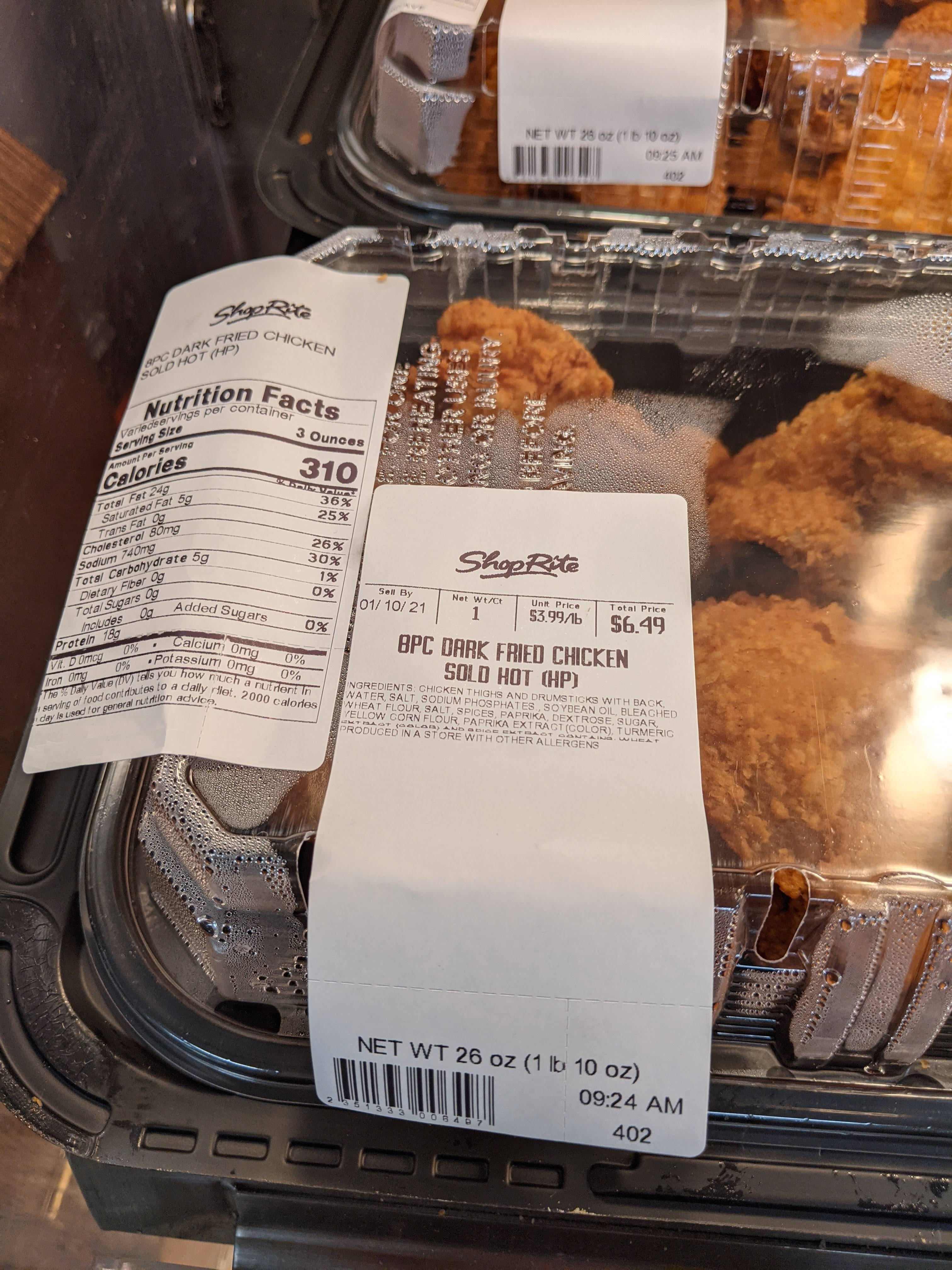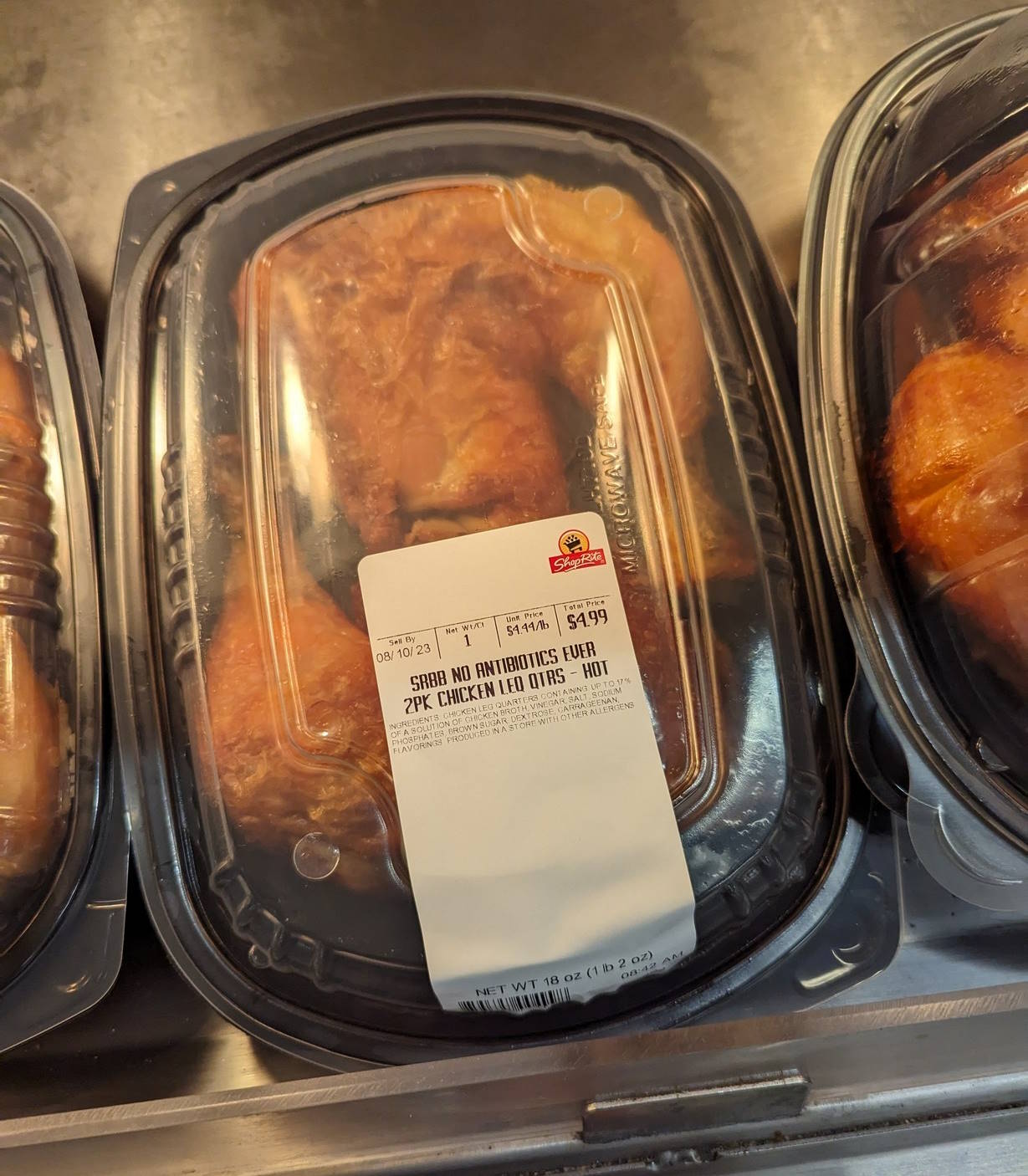Supermarket Fried Chicken
I talk about my experiences with supermarket fried chicken in Philadelphia and in Cambridge, as well as mainstream fried chicken from KFC and Chick-fil-A.

I’ve long been a proponent of getting fried chicken at supermarkets. I can’t speak for more local establishments, but of America’s big three fried chicken chains (Chick-fil-A, Popeyes, KFC), I think only Chick-fil-A is worth the money. More often than not, grocery stores that offer fried chicken do it better and at far better prices than the other mainstream chains.
One of the tipping points that turned me off from mainstream fast food fried chicken is a bad experience I had at the KFC in Allston when I was at MIT. In my childhood, KFC used to be synonymous with fried chicken, and indeed it used to be at the top. But earlier this month, it fell to #3 behind Popeyes in October 2023, and further behind Chick-fil-A at #1. KFC does well internationally, just not so great domestically anymore.
My single visit to the location in Allston left no questions as to why. The brand has fallen off, and it has fallen off hard.

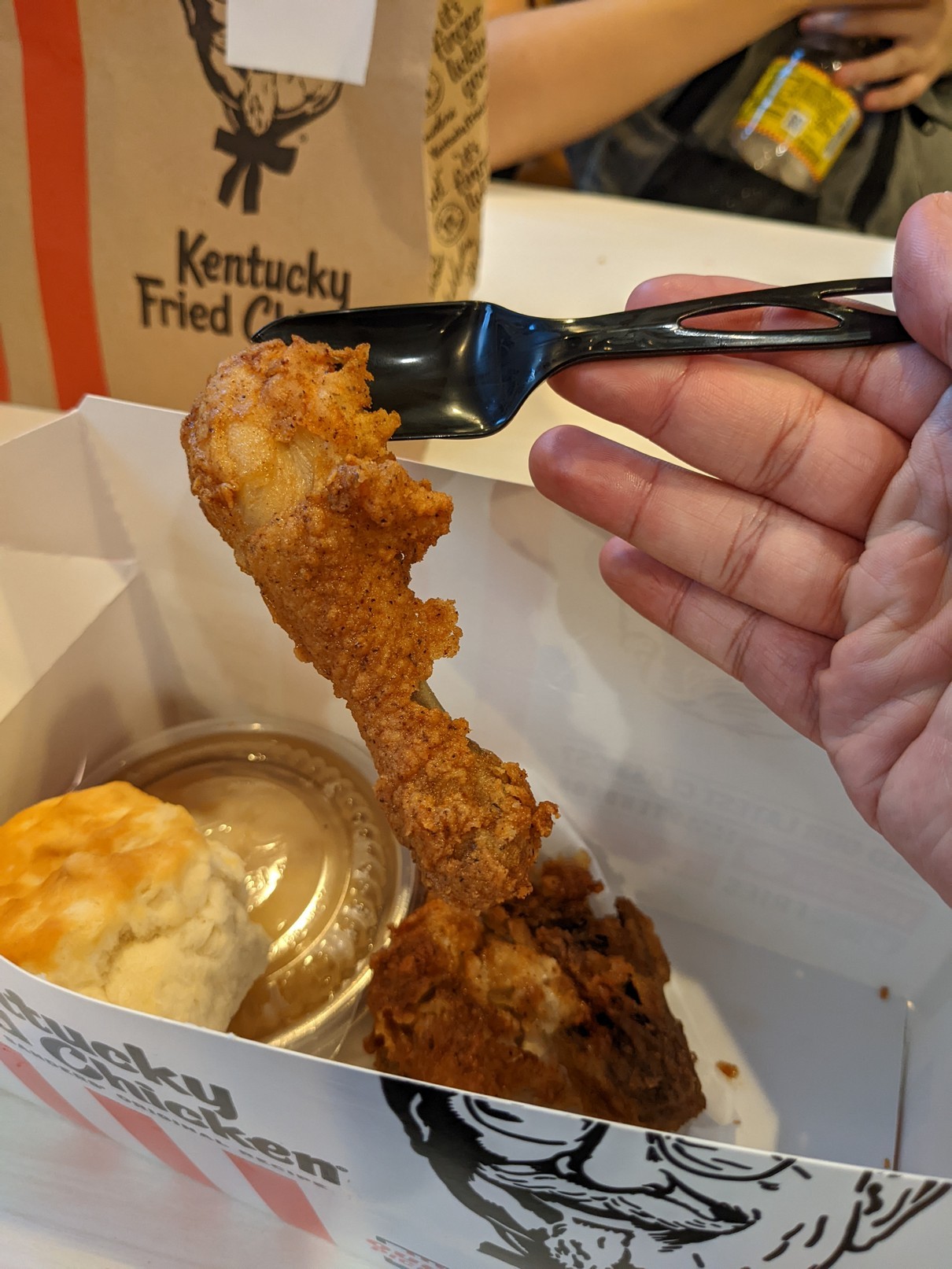
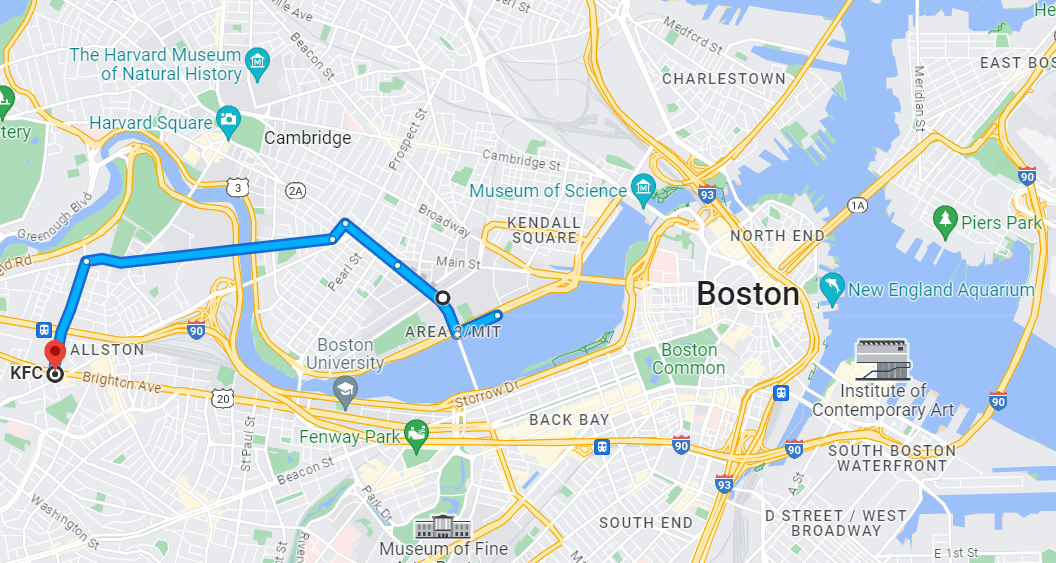
I’ve had Popeyes a few times, but I don’t really like the way it tastes. I think it’s something in their frying oil. Even if Popeyes (or other chains like Jollibee) are actually better than supermarket fried chicken, it’s by such a thin margin that it’s not worth the increased expense. The only exception is Chick-fil-A, which truly does do it better.
Of the big three, I think there’s no mystery as to why Chick-fil-A has gotten so successful compared to the other chains. I’m no business analyst, so I can’t say anything about their methods in logistics or business strategy, but I do know that the product they offer is miles better than its competitors. I have yet to have a fried chicken sandwich anywhere else that holds up against Chick-fil-A’s. It’s just so good.

Chick-fil-A has had some baggage in the past with regard to charitable contributions to anti-LGBT groups, and part of that is rooted in their uncommonly religious background compared to other large American chains. It’s not enough baggage to shake it from its #1 position on customer satisfaction for the 9th year running on the American Customer Satisfaction Index, nor is it unadulterated enough that conservative Christian groups won’t take the opportunity to accuse it of pandering to liberal America.
I’ve heard rumors that the company has reformed its charitable contributions in recent years to become more palatable to liberal consumers. It’s a natural approach when a company is trying to expand outside of the American South, especially into the massive liberal urban coastal markets. The fact that Chick-fil-A has gotten so far despite its past baggage is because it has no real competition on quality of product.
In terms of whether it’s moral as a consumer to support Chick-fil-A as it is today, I wouldn’t sweat it any more than supporting any other big company like Nike or Nestle. You know how they are.
But enough about fast food restaurants. For a fraction of the price, you can get fried chicken at or above the caliber of non-Chick-fil-A chains at your local supermarket, at least in my experience living in Cambridge and Philadelphia. I often like to get a batch of fried chicken once every few visits to the supermarket.
As a policy, I only ever get dark meat (thighs and drums). A chicken breast cannot survive hours under a supermarket heat lamp the same way a chicken thigh can, and it will not measure up as favorably against its restaurant counterpart.
While I’ve been here in Philadelphia, I’ve been getting fried chicken from my local ShopRite. I haven’t sampled supermarket fried chicken from other stores, mainly because I’ve been staying put in my neighborhood. But it’s as good here as it’s been anywhere else, with delicious golden skin and acceptable meat.

When I was at MIT, I would get supermarket fried chicken at several nearby supermarkets (there, Shaw’s and Star Market). I don’t know if the ingredients vary by location, but I know that the manner of preparation certainly does. Each location had its own style. I never kept track of how it varied.

Over the years, I’ve tried frying my own chicken several times according to a copycat Chick-fil-A recipe on Serious Eats by (MIT alum) J. Kenji López-Alt. It’s an excellent recipe, but fried chicken really is one of those foods that both benefits from scale and can’t be feasibly meal prepped. I think most people are better off buying than making.
Whether you’re frying a few servings or many servings, there’s a comparable amount of preparation and cleanup because of the large quantity of oil. Meanwhile, you can’t exactly prepare ten servings of fried chicken the same way you might prepare a big pot of chili and expect the quality to remain steady over a week.
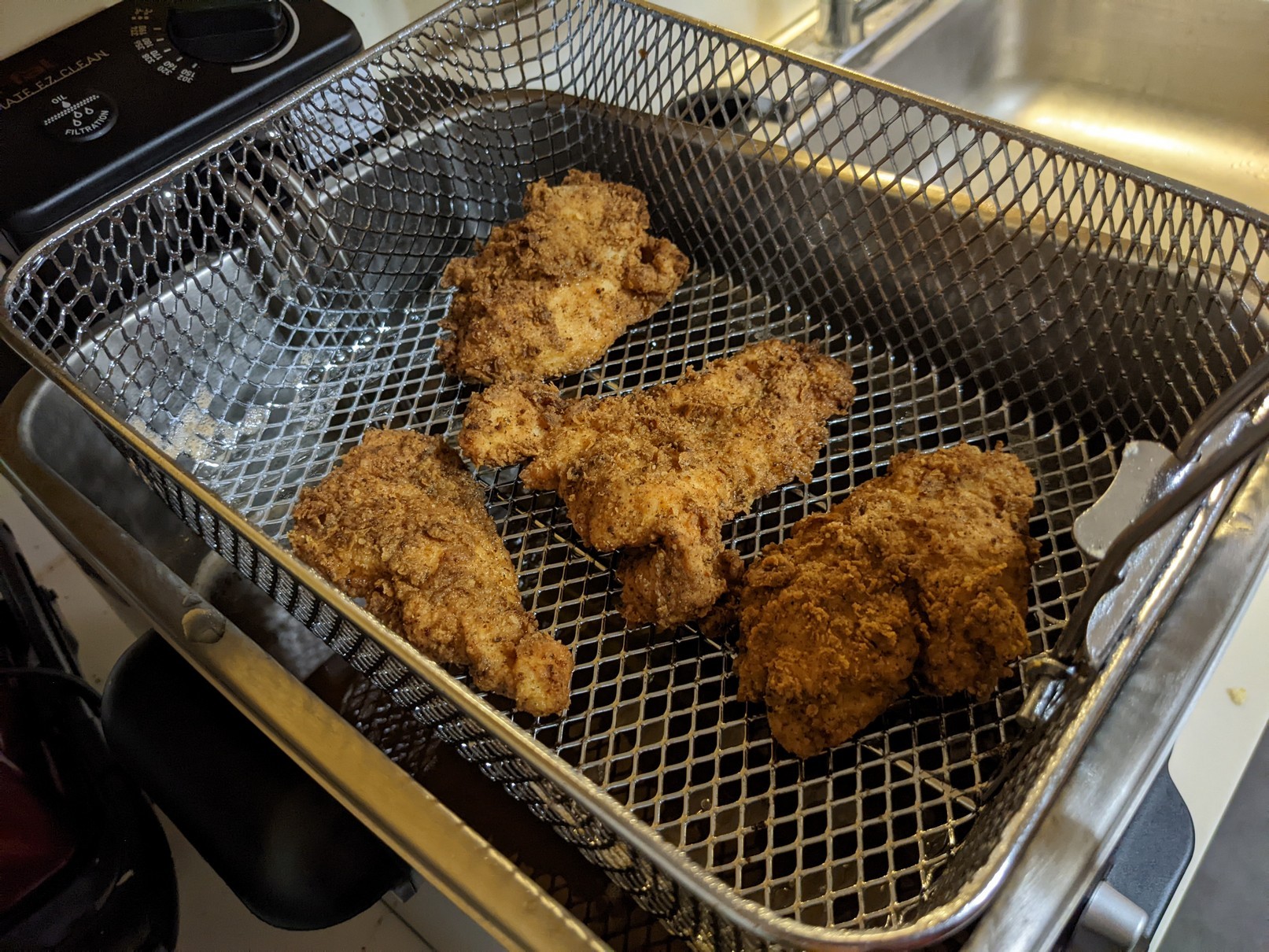
Fried chicken connoisseurs might claim that supermarket fried chicken is too mushy or too soft on account of the way it’s made and stored. It can certainly be true, but I would say the quality can vary dramatically by location and time of day. I’ve only ever had good experiences with my local ShopRite in Philadelphia, but I have had bad experiences with some supermarkets in New England.
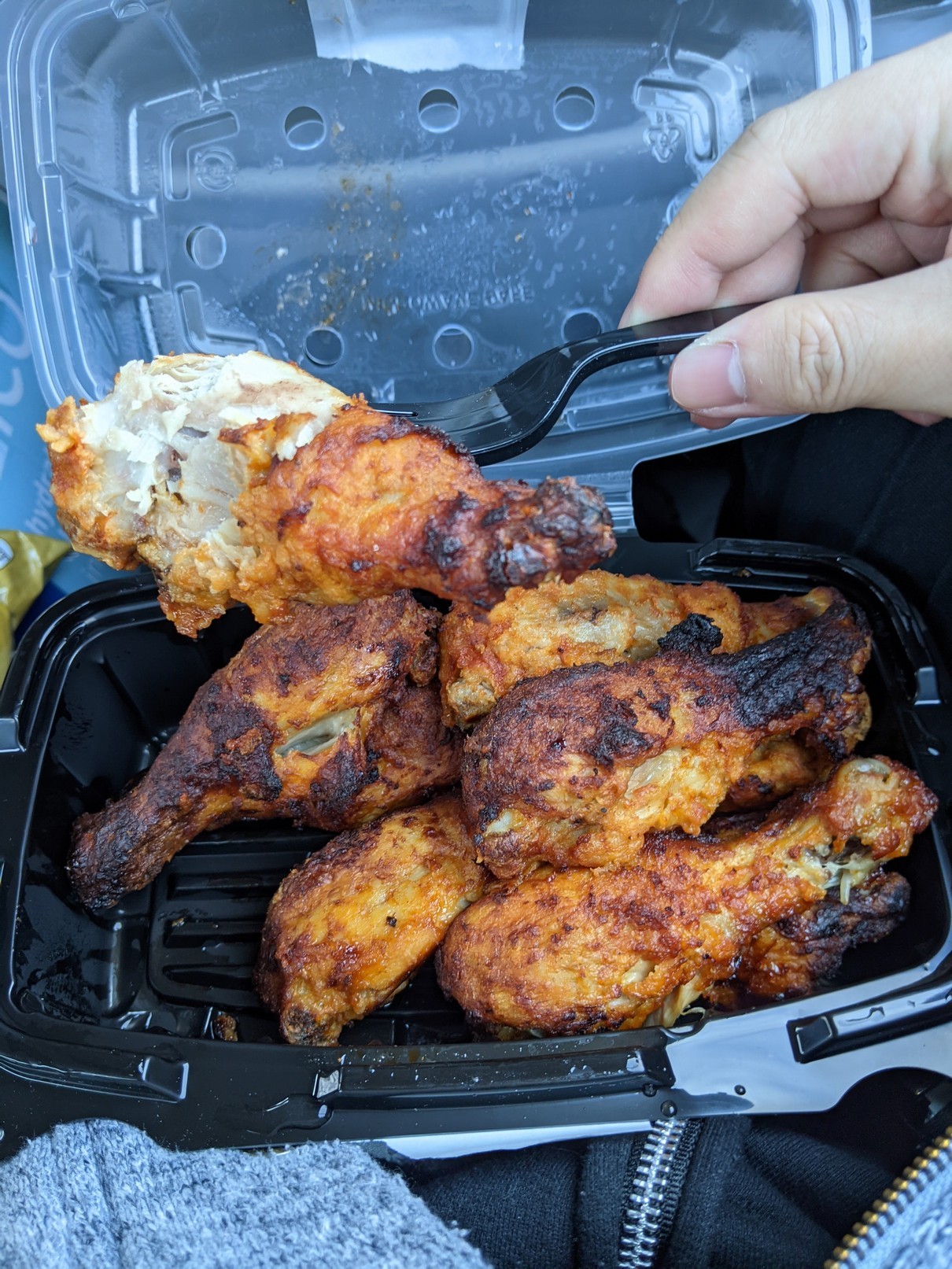
The quantities in which the chicken is sold can also vary. In Cambridge, Star Markets tend to sell fried chicken by the piece, but my experience in Philadelphia has been that they’re sold in sets of four to eight pieces, most commonly eight. Here, they’re offered in both 8-piece regular (2 each of breasts, wings, thighs, and drums) and 8-piece dark (4 each of thighs and drums). As mentioned, I always get the dark.
On an empty stomach, I’m unable to eat more than three or (pushing it) four dark pieces in a single sitting. The leftovers, I tend to either eat cold straight from the fridge or reheated in an air fryer. Surprisingly, air frying leftover supermarket fried chicken can get pretty close to quality while fresh.
Gallery
